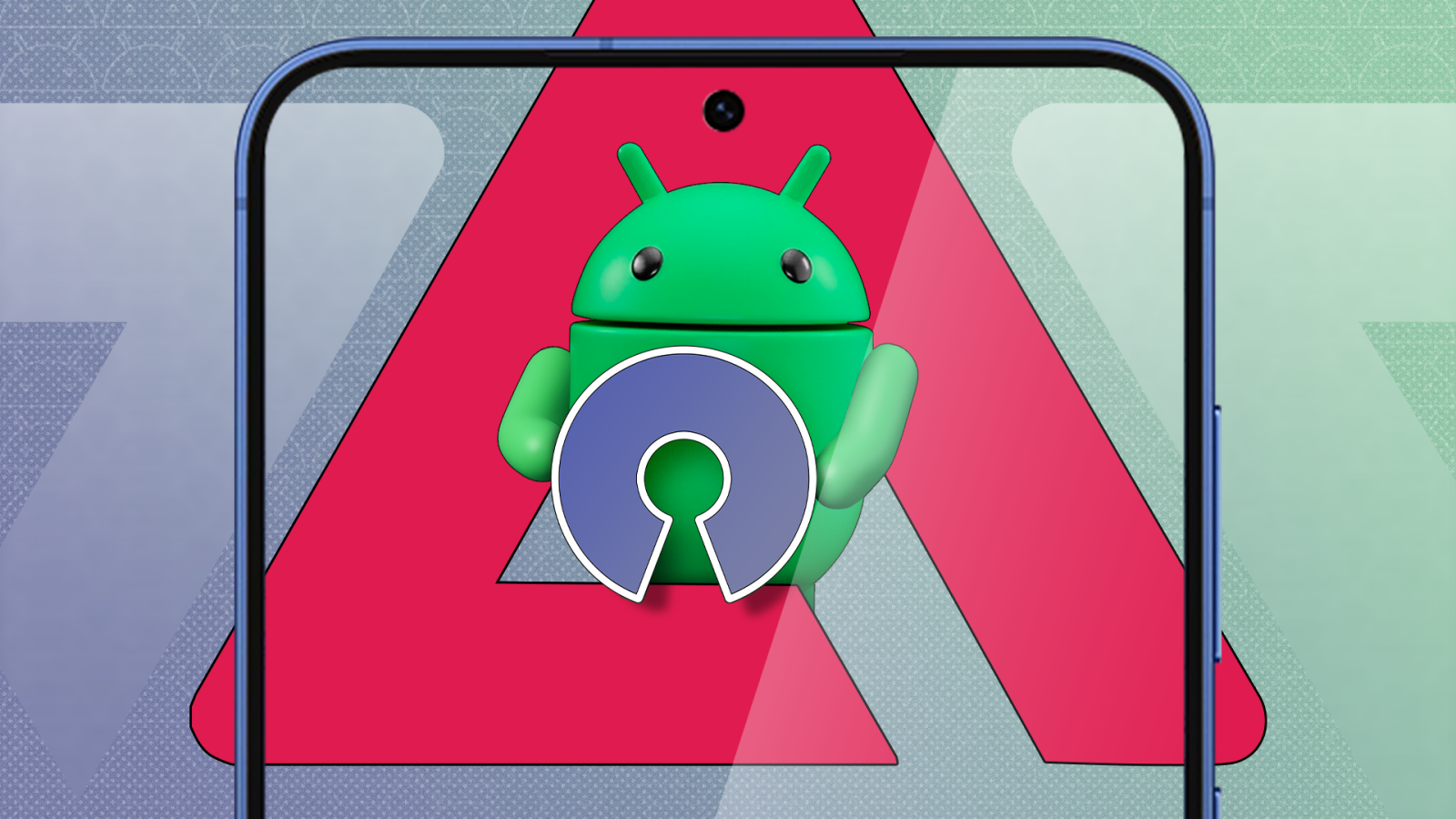I Replaced All My Productivity Apps With Open Source Tools For A Month, And Here’s What I Learned

Contents
My digital life and productivity hovered around subscriptions and proprietary apps for many years. From project management to note-taking, I relied on the polished interfaces and seamless integrations of popular tools. However, it often felt like I paid a premium for features I barely used.
Following the growing popularity of open source, I wanted to see if community-driven tools can replace vendor lock-ins. So, I started a 30-day challenge. I ditched my proprietary productivity apps and relied solely on open source alternatives on Android and desktop. This is the story of that experiment, and the surprising lessons it taught me.

Related
Transparency and privacy advantages

Source: Signal
This was one of the biggest reasons for adopting open source apps. With proprietary applications, I can see what the software does, but I have no idea how it does it. This lack of visibility left me concerned, especially regarding sensitive data.
The story is different with open source apps. The core principle is that the source code is openly available for anyone to inspect. Security researchers and curious users can review the code and see how it works in the background. Several open source apps offer the flexibility of self-hosting, where I can store personal data on the device and server of my choice.
Cost benefits (the obvious one)
Let’s talk about the money aspect of open source apps. It’s the most immediate and obvious benefit. Whether it’s Microsoft 365, Evernote, Trello, or TickTick, each requires an active subscription. With open source software, the financial dynamic changes. I can download, install, and use powerful tools like LibreOffice, Joplin, or Anytype without seeing a subscribe now button or an invoice.
If I need to scale up or add more users (if I am in a team setting), the costs typically multiply with mainstream apps. With open source, that’s generally not the case. The software remains free, whether it’s only me or a small team.
Cross-platform accessibility

There is often an issue with cross-platform availability with proprietary apps. For example, I fell in love with the modern document editor Craft, only to realize it was an Apple exclusive. The same applies to personal finance apps like MoneyCoach, which is firmly rooted in the Apple ecosystem.
Bundled Notes is another such example. It’s an excellent Keep Notes alternative on Android and the web, but lacks the iOS version. However, with open source tools, this problem largely vanished. Because they’re built by communities, often with the goal of universal accessibility, most open source apps are cross-platform.
Take Joplin, my chosen note-taking app, for example. It has native applications for Windows, macOS, Linux, Android, and iOS. It also offers a web clipper. The same goes for password managers like Bitwarden and knowledge management tools such as Anytype.
My data and my workflow are portable. I can switch between devices and platforms without losing access or functionality.
With mainstream apps, updates are often delivered on a company’s fixed schedule. While I can send feature requests, there are slim chances of their implementation in the near future.
The story is different with the open source ecosystem. A global community of developers, designers, and passionate users builds and maintains these applications. When I have a feature idea or a minor tweak I think would improve the app, the process is direct and interactive.
Most open source projects host their development on platforms like GitHub or GitLab, where there are dedicated issue trackers and discussion forums.
The user interface isn’t the strong suit of open source apps
So far, I have only talked about the positives of using open source apps. Now, let’s go over the couple of cons. The user interface isn’t the strongest suite of open source apps.
Let’s take Joplin, for example. I was blown away by its features. It’s powerful, supports Markdown, and has excellent synchronization. However, when you launch it, the UI leaves much to be desired. While it’s functional, it doesn’t have that polished, sleek, and intuitive feel you find in apps like OneNote.
The same sentiment applied when I tried Thunderbird for email. Functionally, it’s a beast. It handles multiple accounts, offers powerful filtering, and gives you a lot of control. Then I’d remember opening Outlook, with its cleaner layout, more modern icons, and more refined aesthetic.
This isn’t necessarily a deal-breaker for me, especially given all the advantages, but it can be a trade-off for many.
Open source apps don’t work well together
While cross-platform availability is a plus for open source tools, these tools lack an ecosystem. For instance, in the Microsoft world, I can flag an email in Outlook, and that flag shows up as a task in Microsoft To Do. When I create a document in Word, I can share it and collaborate in Teams, and it seamlessly integrates with OneDrive.
With open source apps, each tool often stands on its own and doesn’t necessarily talk with the others. The one notable exception I found that attempts to build an open source ecosystem is Proton.

Related
A 30-day productivity challenge
Switching from my familiar, paid productivity suite to open source tools was eye-opening. This experiment wasn’t only about finding free alternatives. It was about discovering a different philosophy of software development. This transition has disadvantages, and you should keep them in mind before you invest in the open source world.
What’s your reaction?
Love0
Sad0
Happy0
Sleepy0
Angry0
Dead0
Wink0










Leave a Reply
View Comments